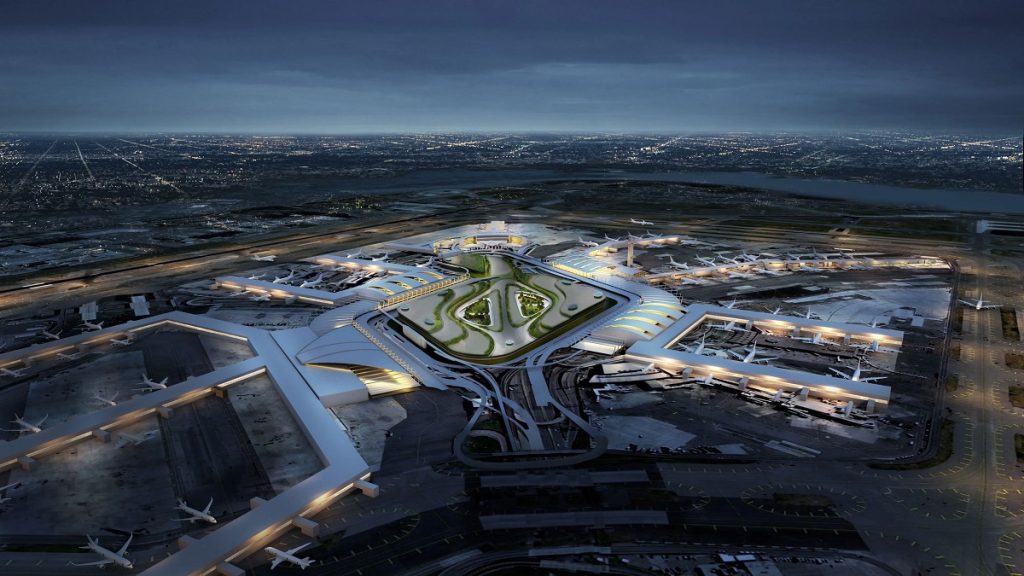New York City–area airports, including John F. Kennedy, LaGuardia, and Newark, are preparing to resume their normal flight schedules starting Monday morning. The Federal Aviation Administration (FAA) has announced the removal of emergency air-traffic restrictions that had been in place for more than a week, signaling an end to the operational disruptions triggered by a major air-traffic controller staffing crisis.
Beginning at 6 a.m. on Monday, travelers can expect a full return to normal flight schedules at the busy airports serving the New York metropolitan area. This positive development follows a period of nationwide travel challenges, during which airlines were required to reduce domestic flights by 10% at 40 major U.S. airports—an action aimed at offsetting the severe shortage of air-traffic control personnel.
The root of these widespread disruptions stemmed from a prolonged government shutdown that left thousands of dedicated air-traffic controllers working without pay. This unprecedented situation created a critical staffing emergency within the FAA, leading to emergency flight cuts earlier this month to maintain safety and manage reduced capacity.
Federal officials, however, confirmed significant improvement in staffing levels over the past weekend. These improvements—described as a sharp decline in “trigger events” linked to staffing concerns—paved the way for the FAA to confidently lift the imposed restrictions.
Brian Bedford, Director of the FAA, expressed relief and optimism in a statement issued Sunday, saying:
“Today’s decision to cancel the order reflects the steady decrease in staffing concerns across the national airspace system and allows us to return to normal operations.”
His statement underscores the agency’s commitment to restoring stability and efficiency to air travel nationwide.
In addition to commercial flights, the FAA also announced the end of several other restrictions. General aviation limitations at 12 airports, skydiving operations, and even commercial spacecraft launches are once again permitted, signaling a broader return to pre-crisis operating standards across multiple sectors of the aviation industry.
Looking ahead, U.S. Transportation Secretary Sean B. Duffy emphasized the importance of ongoing improvements. In a separate statement, he highlighted the agency’s renewed focus:“Now we can redirect our efforts toward increasing controller hiring and building a new and modern air-traffic control system the American people deserve.”
This proactive approach aims to prevent similar disruptions by reinforcing the core infrastructure of the nation’s air-travel system.
While the near-term outlook is improving for travelers, officials noted that some airlines may still face FAA scrutiny. This potential oversight relates to whether carriers complied with the emergency order during its enforcement period, ensuring accountability even under challenging circumstances.
The return to normal operations marks a major step forward, offering relief to both airlines and the millions of passengers who rely on efficient air travel.

